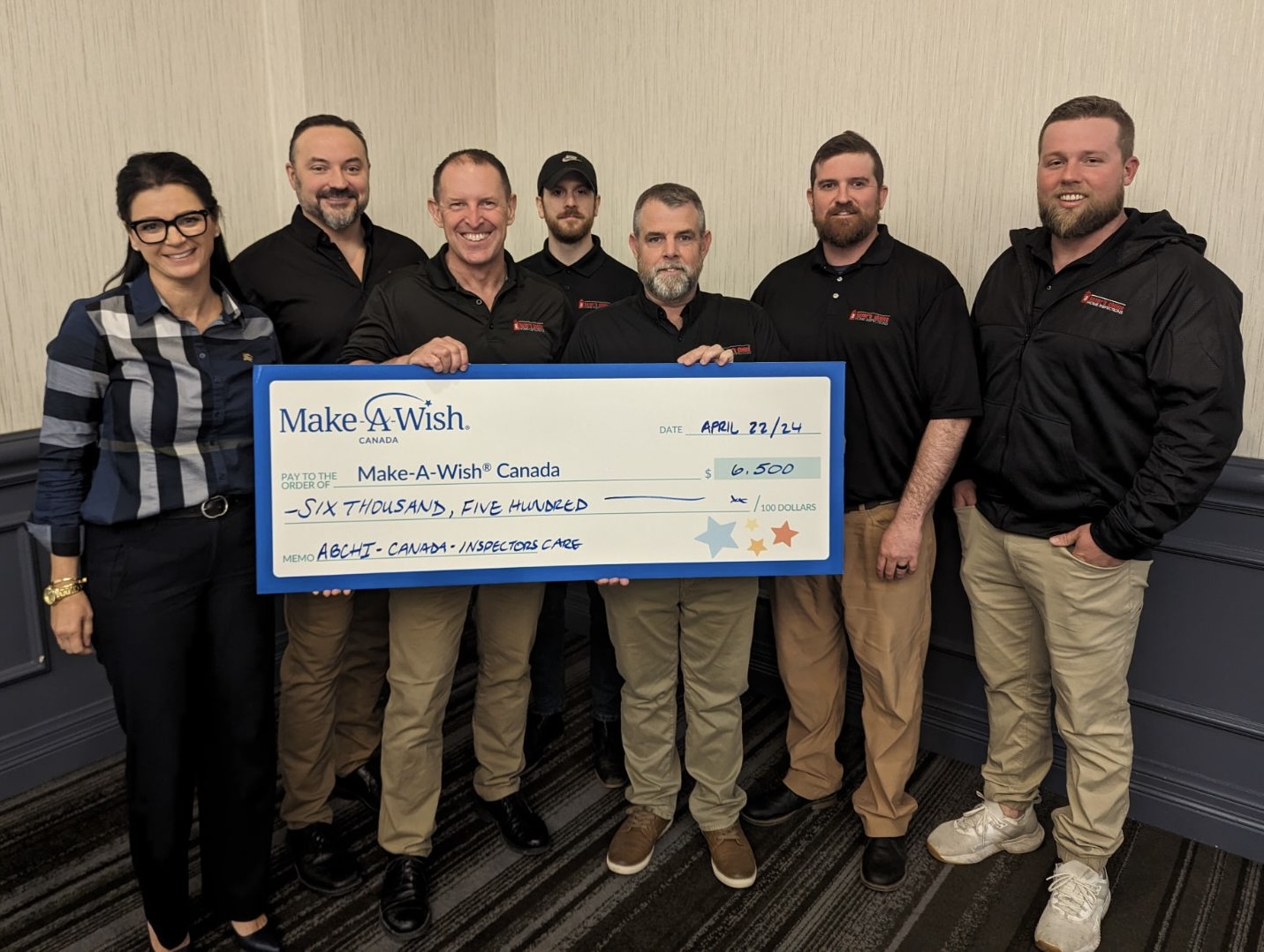If you – or your home inspector – find aluminum wiring in your home or a property you intend to purchase, it’s important to have a licensed electrical contractor assess the connections in the home to ensure peace of mind. Your insurance company may also require certification by your electrical safety authority.
The problem is that aluminum possesses certain qualities that make it an undesirable material to use as an electrical conductor. This can lead to loose connections, which increases the risk for fire.
Aluminum wiring was sometimes substituted for copper branch-circuit wiring in residential electrical systems – between about 1965 and 1973 – due to a sudden price escalation in copper.
Following about a decade of use by homeowners and electricians, inherent weaknesses were discovered in the metal that led to discontinued use as a branch wiring material. Aluminum will become defective faster than copper due to certain qualities inherent in the metal. Neglected connections in outlets, switches and light fixtures containing aluminum wiring become increasingly dangerous over time. Poor connections cause wiring to overheat, creating a potential fire hazard. In addition, the presence of single-strand aluminum wiring may void a homeowner’s insurance policies.
What issues can occur when aluminum wiring is used?

Recognized by its grey/silver core, and possibly a wire sheathing (coating) that may have ‘AL’ or ‘Aluminum’ printed on it, aluminum wiring must be used with compatible outlets and receptacles. Aluminum is still used today in specific applications and is considered safe when installed correctly.
Common problems include:
- Wiring can loosen over time at connection points, which may create a potential for electrical arcing – posing a fire hazard
- If attached to non-approved receptacles and outlets, corrosion may occur between dissimilar metals and heat can build up – posing a fire hazard
Corrective measures
Aluminum wiring should be reviewed by a qualified electrician who is experienced in evaluating and correcting aluminum wiring problems.
There are two common methods for correcting aluminum wiring:
- Rewire the home with copper wire. While this is the most effective method, rewiring is expensive and impractical, in many cases.
- Use copalum crimps. The crimp connector repair consists of attaching a piece of copper wire to the existing aluminum wire branch circuit with a specially designed metal sleeve and powered crimping tool. An insulating sleeve is placed around the crimp connector to complete the repair. Although effective, they are expensive (typically around $50 per outlet, switch or light fixture).
It’s important to be aware of the presence of aluminum wiring in your home and possible corrective measures available to ensure the safety of your family and property.
Find an Inspector near you: https://abuyerschoice.flywheelsites.com/home-inspectors/








